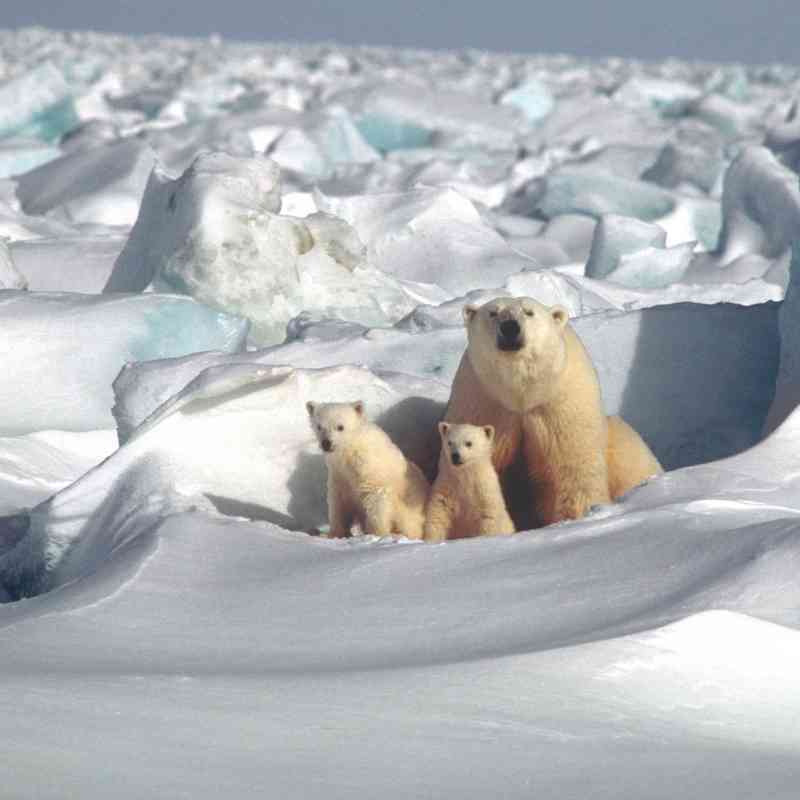FOR IMMEDIATE RELEASE
Contact: Jared Saylor, Vice President for Communications
choffman@defenders.org; (202)772-3255
Defenders of Wildlife Praises New Guidance to Help Agencies Account for Climate Change
WASHINGTON (August 2, 2016) Today the Council on Environmental Quality (CEQ) released long-awaited final guidance that will significantly improve environmental decision-making across the country. This new National Environmental Policy Act (NEPA) guidance directs federal agencies on how and when to consider greenhouse gas emissions in planning processes, and just as importantly, how to account for cumulative effects of climate change and management alternatives on wildlife, water and other natural resources.
The following is a statement from Jamie Rappaport Clark, President and CEO, Defenders of Wildlife:
“The NEPA guidance released today marks a big step forward for one of our nation’s most important environmental laws. Our rapidly warming climate means that we can no longer plan based on the conditions of the past, but must account for climate change when evaluating federal actions that affect our environment. This new guidance will help federal land managers and other agencies consider climate change impacts – like sea level rise, severe droughts and intense storms – when they examine the environmental consequences that proposed projects will have on imperiled wildlife, wetlands and other habitats.
“In addition to improving federal planning processes, the new guidance also directs agencies to calculate the projected greenhouse gas emissions from projects, which will help the U.S. meet its goals of reducing climate change pollution. And by accounting for how climate change might affect projects, it will help ensure that they are making sound long-term investments.”
Background:
NEPA is one of our country’s bedrock environmental laws, requiring government agencies to take a “look before you leap” approach to major decisions. Before taking an action that could have a significant effect on the environment, NEPA requires the agency involved to consider alternative management options to achieve the same goal, and to evaluate the environmental impacts (positive and negative) that each approach might produce. The CEQ periodically issues “guidance” on implementing NEPA as science and decision-making evolves. These guidelines are not binding, but they show agencies how to align planning under NEPA with related laws or other stated policy goals, like promoting environmental justice or preserving biodiversity. The CEQ guidance released today, which has been in development since 2010, helps bring the law into alignment with U.S. commitments to address climate change, and to help respond to the growing recognition that NEPA analyses must take into account the impacts climate change will have on wildlife, habitat, public health, and federal projects themselves.
Additional information on climate change and NEPA is available here.
Defenders of Wildlife is celebrating 75 years of protecting all native animals and plants in their natural communities. With a nationwide network of nearly 2.2 million members and activists, Defenders of Wildlife is a leading advocate for innovative solutions to safeguard our wildlife heritage for generations to come. For more information, visit defenders.org/newsroom and follow us on Twitter @Defenders.

